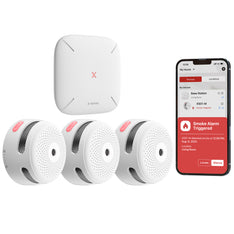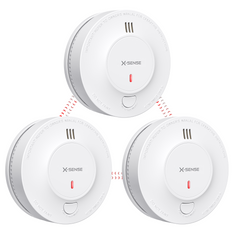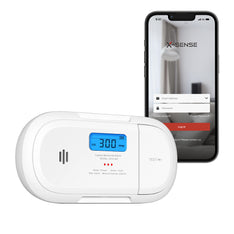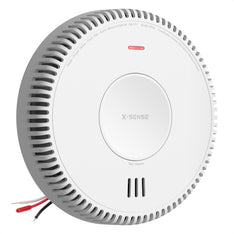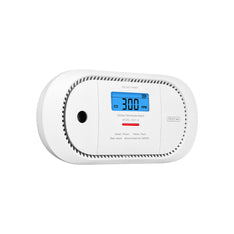The Types of Heat Detectors
Mon, Feb 13, 2023
What Is a Heat Detector?
A heat detector is a device that senses the heat in a room. Its purpose is to alert homeowners and business owners of a fire before it becomes irreversible. The device responds to the convective heat energy radiated by the flame. There are two main types of thermal detectors on the market: rate-of-rise thermal detectors and fixed temperature detectors.
Rate-of-Rise Heat Detector
A heating rate detector senses the heat in a room. The detectors record 70 degrees as a baseline; when the temperature in the room rises rapidly above 70 degrees Fahrenheit, the alarm is activated. This type of sensor is triggered by the "rate of change" rather than the temperature itself. Typically, a 15-degree rise in temperature in less than a minute triggers the alarm. When a house catches fire, the temperature in the room rises rapidly, in some cases by as much as 30 degrees in 45 seconds.
Fixed Temperature Detector
Fixed temperature probes focus on the actual heat in the room, not the rate of change. When the temperature in the room exceeds the preset value, the alarm will be activated. Typically, the preset temperature that triggers the alarm is around 135 degrees. High temperatures are a good sign of a fire (unless you turn the heater up to 135 degrees).
Both rate-of-rise detectors and constant temperature detectors work well for sensing fires. However, heat detectors also have disadvantages. While they're good at detecting heat, they can't detect smoldering fires quickly. They are best suited for detecting high temperature fires.
Heat Detectors vs. Smoke Alarms
A heat detector is not the same device as a fire alarm. In fact, the two devices are very different. Fire or smoke alarms respond to smoke, while heat detectors respond to heat. They serve the same purpose, but have different reaction times and mechanisms.
How do heat detectors work with fire alarms?
For the best protection for your home, heat detectors should be paired with smoke alarms. The National Fire Alarm and Signal Code requires smoke sensors to be installed in every bedroom. It is also recommended to install fire alarms in hallways, living rooms and spare rooms. Smoke alarms can be replaced with heat detectors, but this is not recommended. Smoke alarms detect fire five times faster than heat detectors. In a bedroom, it is dangerous to replace a smoke sensor with a heat sensor.
In contrast, high temperature alarms are designed to work with smoke detectors. They should be used together, not as substitutes for each other. Each has different strengths to protect you.
The key to using heat detectors is knowing where to use them. They are not the best choice for bedrooms or everyday firefighting. Heat detection is best used in areas where smoke detectors cannot detect accurately, such as garages, sheds, barns, attics, and basements. Smoke detection is most effective in open areas, bedrooms, kitchens, living rooms and dining rooms.
